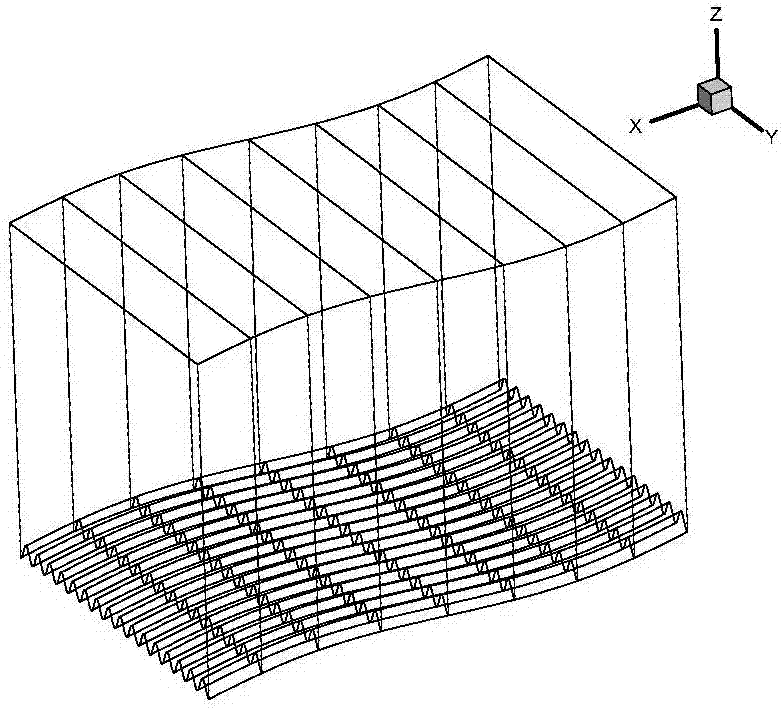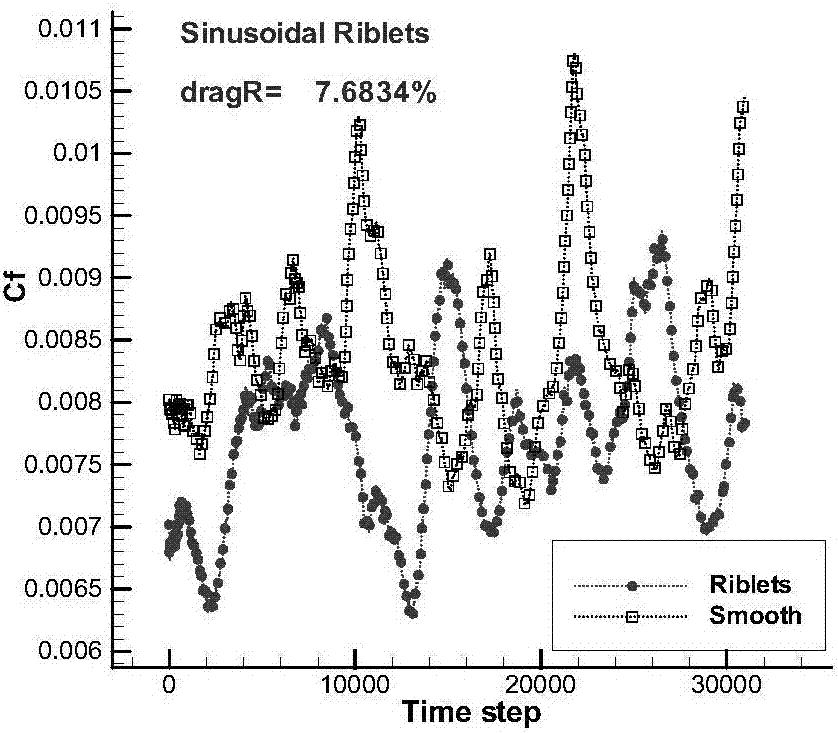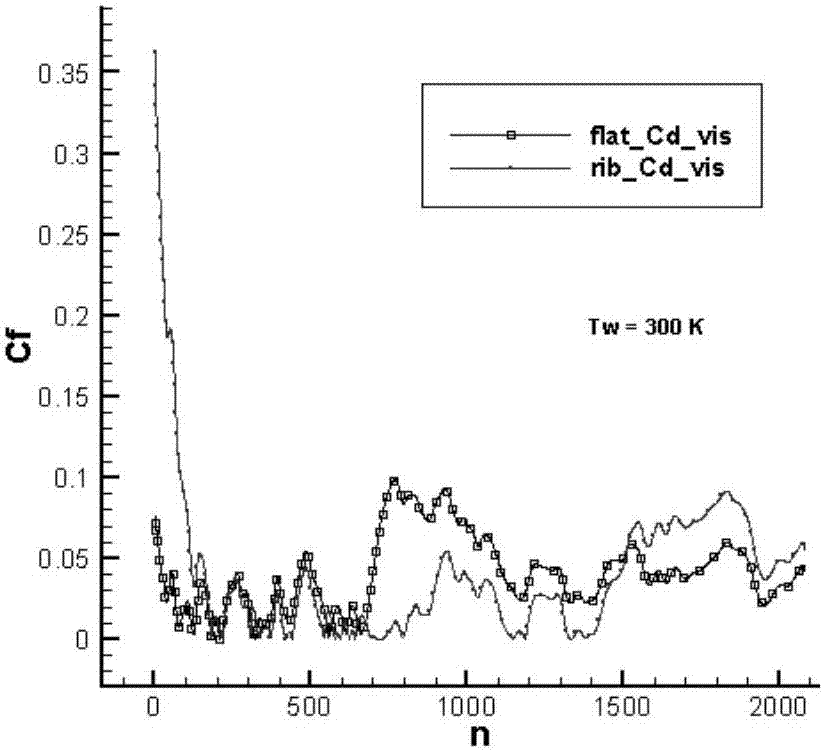Passive heat-reduction and drag-reduction device and method for high-velocity flow-around boundary layer
A drag reduction device and boundary layer technology, applied in the direction of drag reduction, affecting the air flow through the surface of the aircraft, transportation and packaging, etc. problems, to improve the ability to resist aerodynamic heating, reduce friction and heat flow increments, and suppress turbulent energy transport.
- Summary
- Abstract
- Description
- Claims
- Application Information
AI Technical Summary
Problems solved by technology
Method used
Image
Examples
Embodiment
[0065] According to measurements by using different wind tunnels and different test techniques, the principle of reducing heat and drag in the high-speed boundary layer proposed by the present invention and the technology for reducing heat and drag in the high-speed boundary layer developed accordingly are correct. Figure 15 Shown is the test model of FD-20 impulse wind tunnel, the test condition is Mach number Ma=5, unit Reynolds number Re=9*10 6 / m, transient heat flow measurements in a pulsed wind tunnel using thin-film resistance thermometers.
[0066] Figure 16 It shows that after adding diamond-shaped rough elements in the laminar flow region (at the vertical line) near the transition, the transition position is obviously delayed. In the figure, x is the position of the model along the flow direction from the head of the model, and Q is the heat flow.
[0067] Figure 17 It is shown that after adding rough elements in the fully developed turbulent region (vertical li...
PUM
 Login to View More
Login to View More Abstract
Description
Claims
Application Information
 Login to View More
Login to View More - R&D
- Intellectual Property
- Life Sciences
- Materials
- Tech Scout
- Unparalleled Data Quality
- Higher Quality Content
- 60% Fewer Hallucinations
Browse by: Latest US Patents, China's latest patents, Technical Efficacy Thesaurus, Application Domain, Technology Topic, Popular Technical Reports.
© 2025 PatSnap. All rights reserved.Legal|Privacy policy|Modern Slavery Act Transparency Statement|Sitemap|About US| Contact US: help@patsnap.com



